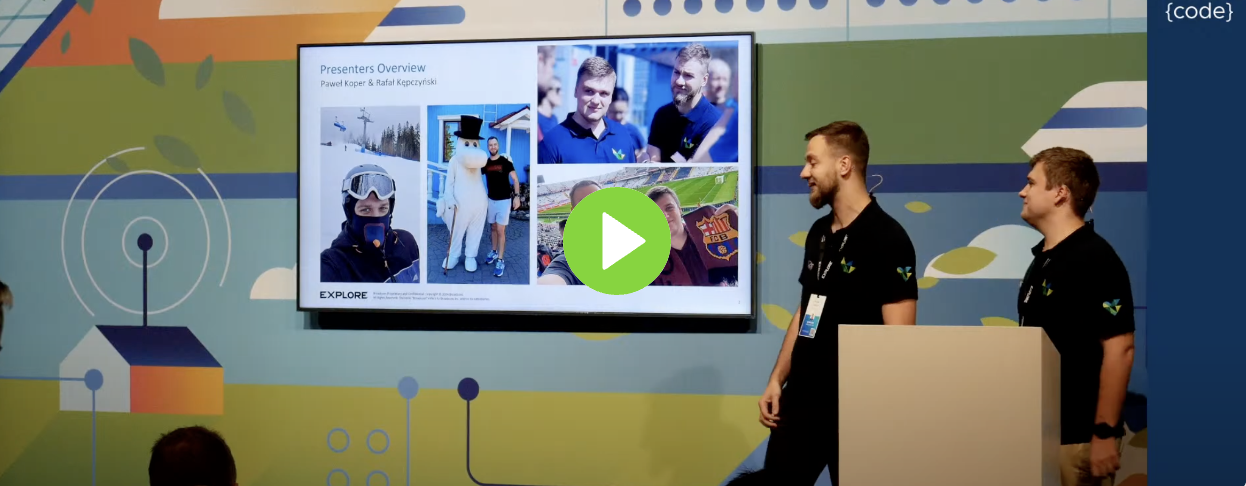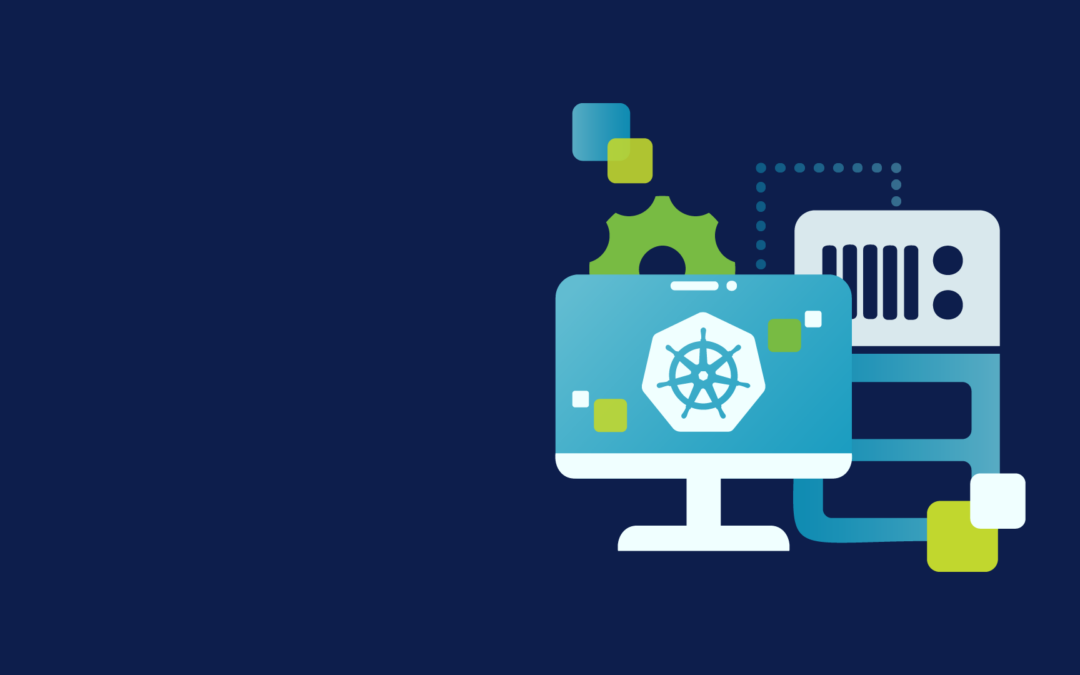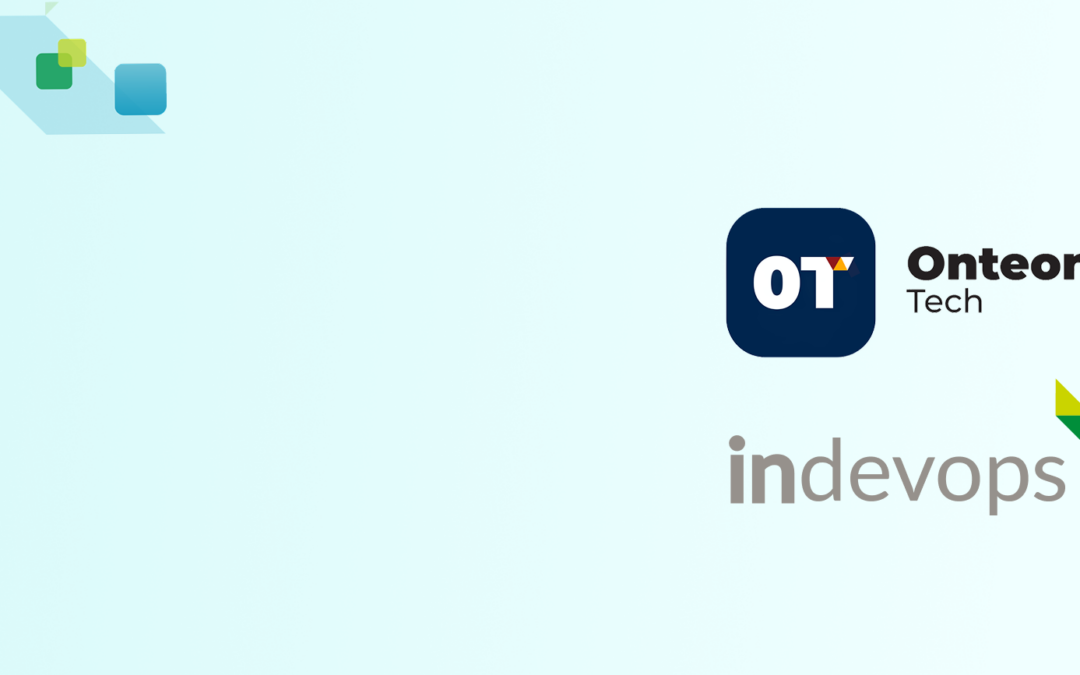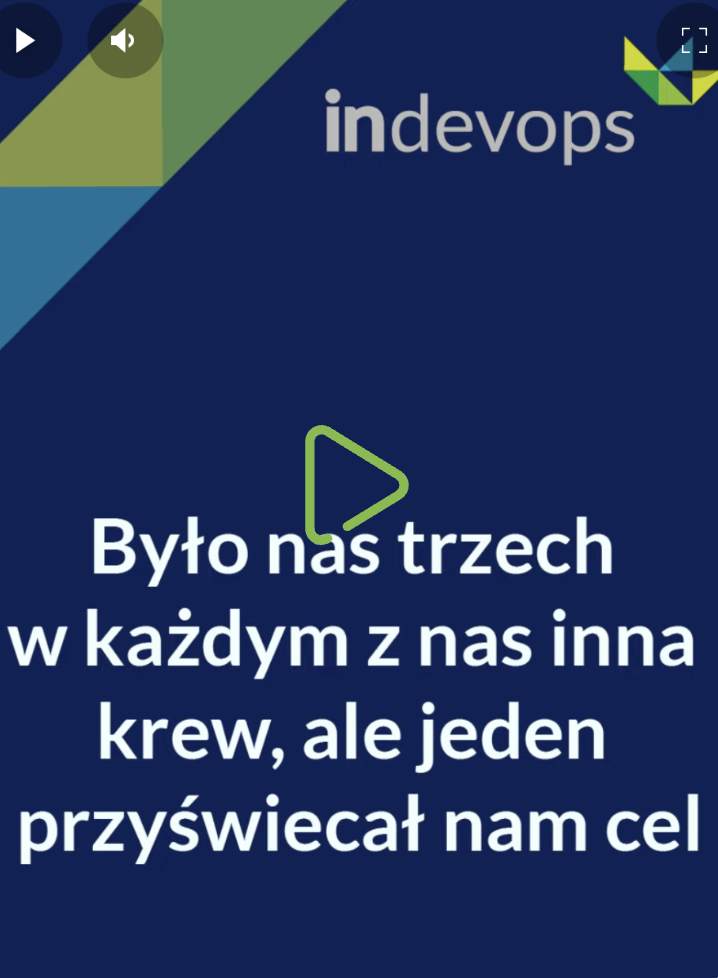
VMware Explore on Tour 2025. Let’s go!
Day 1 in Las Vegas during VMware Explore on Tour 2025
On Sunday, INDEVOPS correspondent Marcin Rzepa arrived at The Venetian Expo in Las Vegas, where we will meet with IT and cloud leaders over the next few days to explore the future of infrastructure and AI.
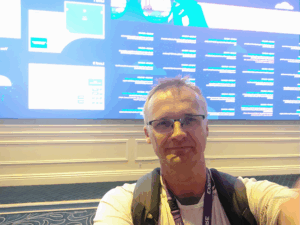
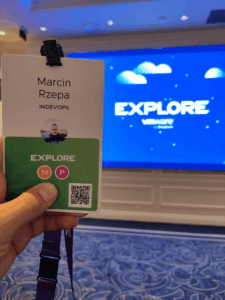
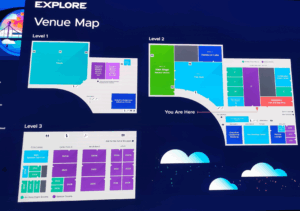
Today is the last day for formalities and registration. We took advantage of the option to pick up our ID badges and conference materials, which opened yesterday. Logistics management is key to the start of any conference! 😊
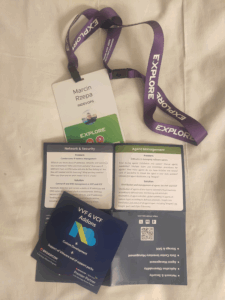

In the evening, the first item on the agenda was the Welcome Reception at “The Hub”. It was the perfect moment for informal conversations, meetings, and building relationships with other participants in a relaxed atmosphere.
The coming days promise to be intense: technical sessions, hands-on workshops, AI and private cloud experts. I can already say that Indevops is off to a strong start here!
Stay Tuned! 👌


